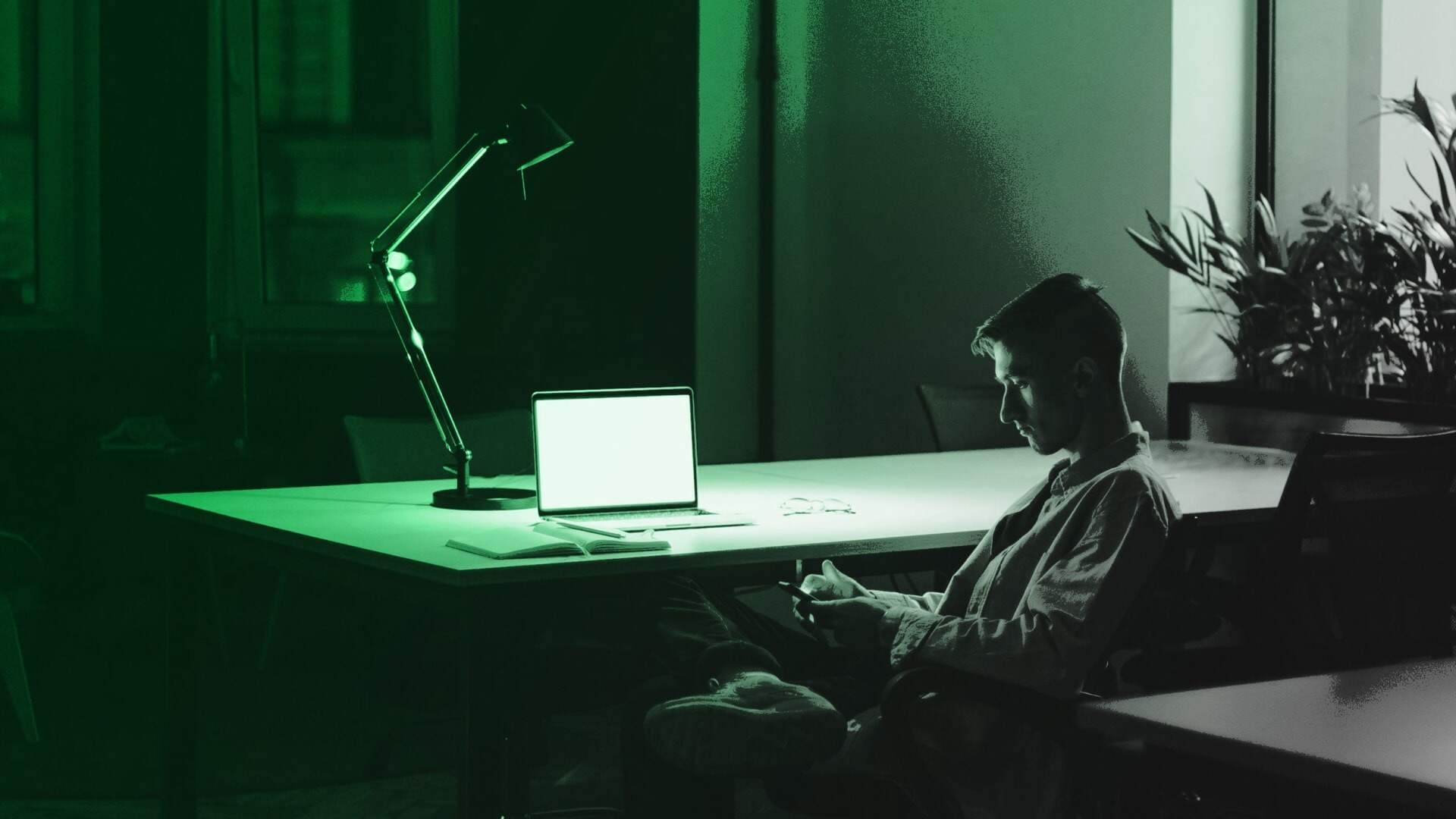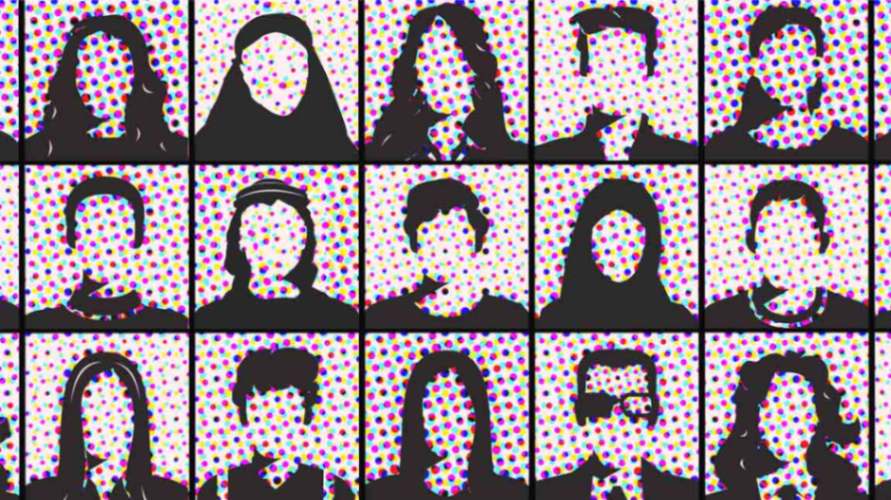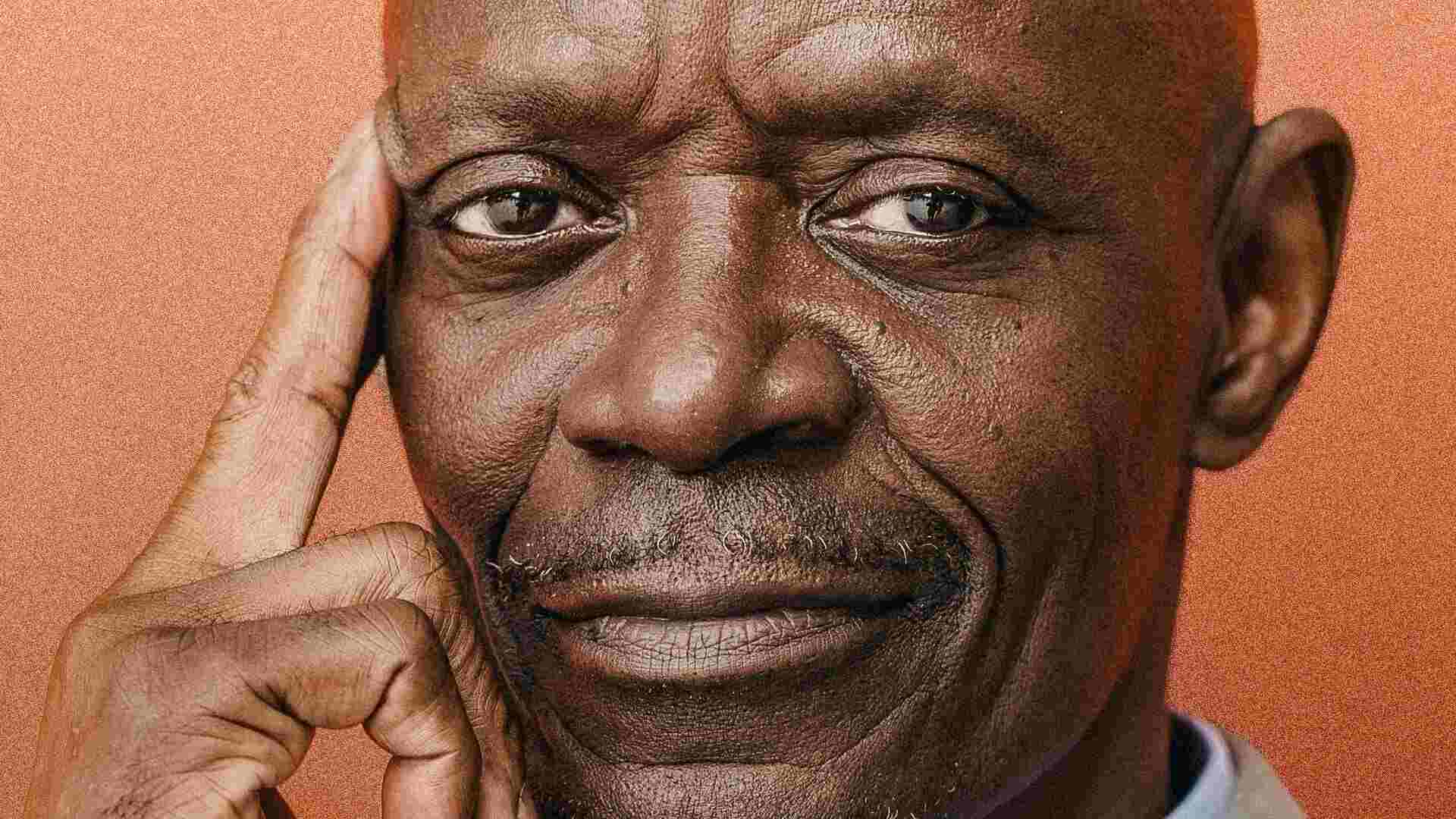- | 8:00 am
Why so many of us feel lonely at work
On this week’s episode of The New Way We Work, CEO of TheLi.st Ann Shoket explains why so many people feel lonely at work and how both leaders and employees can build a support system.

For years, leaders have tried to sell employees on the idea that they are “one big family.” With the proliferation of office besties and work spouses and the blurring between work and home, some workers understandably bought into this idea. After all, we spend so many of working hours with our coworkers and bosses. But more people than ever are reporting that they feel lonely because of their jobs, and some mental health experts have called loneliness a health epidemic.
Anyone who has been passed over for a promotion they deserved, laid off after years of hard work, or ignored or undermined by coworkers knows that work isn’t your family.
So, how can we prioritize our mental health and ambition at the same time? How can we feel less lonely at work and foster meaningful relationships while still protecting our “real lives”? How can we take this crisis and turn it into an opportunity to feel seen and heard?
On the latest episode of The New Way We Work, I spoke to CEO of TheLi.st and former editor-in-chief of Seventeen magazine Ann Shoket about why so many people feel lonely at work and how both leaders and employees can build a support system.
THE ISOLATION PROBLEM
Shoket says that TheLi.st’s research found that nearly 80% of people in corporate jobs are lonely because of their job. “We heard from people that they are isolated, unsupported. They feel like their companies don’t want to help them succeed.”
She says it’s not just a mental health challenge. “This is a pipeline problem. It is preventing women from moving up into positions of greater power and influence, because it gets lonelier as you get more senior.”
Shoket points out that loneliness at work is amplified for people of color because many feel that they can’t show up into the workplace and be their authentic selves. Gen Z if also feeling lonely at work, too, because many of them entered the workforce during a time of isolation and haven’t had enough time to build up the professional relationships that they need to succeed.
WORK ‘FAMILY’ VS. YOUR REAL LIFE
“I think a lot of times people say ‘we’re a family here,’ when they mean the workplace. That’s a red flag,” says Shoket. She says when leadership tries to sell work as a family, they are likely to ask too much of their employees. Another reason you don’t want work to be your family? Families are messy, and while your family will love you on the other side, work might not.
But while you don’t want work to be your family, you also “don’t want to feel like you’re just a cog in the wheel going in filing reports, having 12 zoom calls a day,” Shoket says. “There’s a middle ground where you can have meaningful connection with the folks that work with you and for you, without feeling like they’re encroaching on your personal space.”
HOW TO BUILD CONNECTIONS
Solving the loneliness epidemic is a daunting problem, but Shoket says that small habits can go a long way. Taking the time to acknowledge moments of celebration, like birthdays and work anniversaries, or acknowledging when someone has had a loss in their life, can go a long way toward building belonging and connection. “We saw it again and again in the research,” she says. “That is what people are looking for. They want to feel seen and celebrated and cared for.”
Another way for employees who feel isolated to feel more connected is by deepening their relationships with their network (both in and outside of the office) by checking in and acknowledging collaboration.
For more ideas on how to build connection in less than 10 minutes a day, as well as what different generations are looking for from work, listen to the full episode.







































